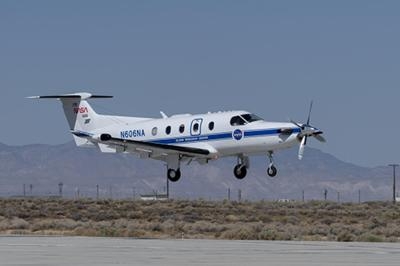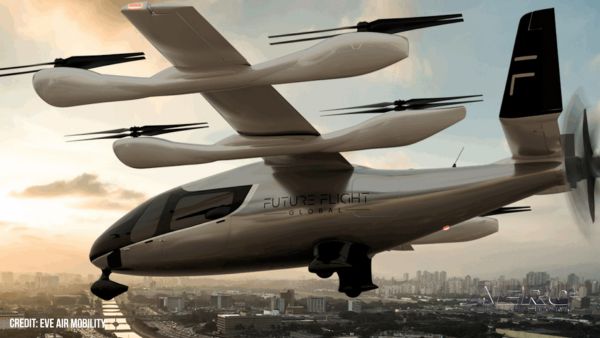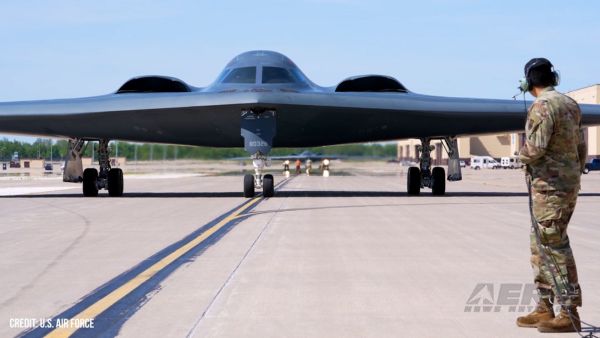Sun, Jan 26, 2025
Advertisement
More News
 ANN's Daily Aero-Term (06.21.25): Marker Beacon
ANN's Daily Aero-Term (06.21.25): Marker Beacon
Marker Beacon An electronic navigation facility transmitting a 75 MHz vertical fan or boneshaped radiation pattern. Marker beacons are identified by their modulation frequency and >[...]
 ANN's Daily Aero-Linx (06.21.25)
ANN's Daily Aero-Linx (06.21.25)
Aero Linx: AirVenture Oshkosh The Experimental Aircraft Association (EAA) is a growing and diverse organization of members with a wide range of aviation interests and backgrounds. >[...]
 NTSB Prelim: Lancair 360
NTSB Prelim: Lancair 360
Once The Pilot Maneuvered The Airplane For Landing On Runway 12, The Cockpit Was Filled With Smoke On June 11, 2025, about 2145 central daylight time, a Lancair 360 airplane, N77LH>[...]
 Classic Aero-TV: Vision Products LLC Introduces PilotVision Monocular HUD
Classic Aero-TV: Vision Products LLC Introduces PilotVision Monocular HUD
From 2022 (YouTube Edition): The Well-Appointed Eye in the Sky Established in 2009 as the Vision Products Division of SA Photonics Inc. and spun-off as an independent business enti>[...]
 Airborne-NextGen 06.17.25: JetZero Finds A Home, VX4 eVTOL, H55s B23 Energic
Airborne-NextGen 06.17.25: JetZero Finds A Home, VX4 eVTOL, H55s B23 Energic
Also: Electric Aircraft Symposium, Radia Windrunner Avionics, AIRO Debut, NASA’s Orion Ready California-based aerospace start-up JetZero has formally selected Greensboro, Nor>[...]
blog comments powered by Disqus





